In Stanford Fraud Case, Longtime Friends Become Courtroom Enemies
The New York Times by Clifford Krauss - January 30, 2012
HOUSTON, TX — R. Allen Stanford and James M. Davis were roommates at Baylor University and trusted friends over three decades who together built an international financial empire. But this week they are scheduled to confront each other in federal court as indicted swindlers ready to cross swords.
Mr. Davis, who was the chief financial officer of the Stanford Financial Group before it collapsed three years ago, is now the chief prosecution witness against Mr. Stanford. He will testify that he witnessed and participated in a $7 billion Ponzi scheme set in motion and directed by Mr. Stanford from a bank on the island of Antigua. “It’s very similar to an organized crime or Mafia case,” said Adam Gershowitz, a professor of criminal law at the University of Houston, “where you have friends who go back years and have worked together for years and one turns on the other to save his own skin.” Mr. Stanford’s lawyers have already told the jury that Mr. Davis’s story is a lie. They are certain to cross-examine him hard on his contention that all of the illegal things he has already confessed to — cooking the books for an empire that included offshore banking, two airlines, Caribbean real estate and even a cricket team — were all at the instruction of Mr. Stanford. The case could well come down to who the jury decides was really the mastermind of what prosecutors described as an international crime that defrauded nearly 30,000 investors from 113 countries over more than 20 years and corrupted the highest levels of the government of Antigua.
Mr. Stanford and Mr. Davis always made an odd couple. Mr. Stanford was known to have a fiery temper, to berate employees and occasionally to throw glass ashtrays at meetings. He had multiple mistresses and spent lavishly on them, on his cricket team and stadium, and he had a taste for mansions, yachts and private jets. Mr. Davis was known by employees as soft-spoken and gentlemanly, an executive who was quick to give a congratulatory hug and who opened business meetings with prayers. His passion outside of work was to teach Sunday school at a Baptist church in Baldwyn, Miss. But together they seemed to have a Midas touch, running up their assets from a mere $14 million in 1987 to $1.7 billion in 2002 and several billion more — on paper at least — before all their operations were shut down three years ago. “They were bosom buddies,” recalled Ashley Edwards, who was a manager at Mr. Stanford’s two airlines. “They seemed like equals to me. They operated as equals. Jim Davis was a bit more levelheaded, but they got along fine.” That comity is now history. Mr. Davis has pleaded guilty and is a cooperating witness. Mr. Stanford spent the last two and a half years behind bars, and was brutally beaten by a fellow inmate in a fight over the use of a telephone. A year ago he was found to be unfit to stand trial after psychologists said that his memory had been damaged by the fight and by his addiction to antistress medication. But before he was arrested, Mr. Stanford said in an April 2009 interview, that if any crime had been committed, it must have been Mr. Davis’s responsibility. Mr. Stanford characterized himself as the architect and pitchman of the Stanford enterprises, and Mr. Davis as the executive who took care of the financial detail work. “If bad things were happening, he never brought them to my attention,” Mr. Stanford said. “He did his job and I stayed out of his hair.” Robert A. Scardino, a lawyer for Mr. Stanford, said in his introductory argument last week that Mr. Davis “is going to testify and admit that he is a liar and a crook, and yet these prosecutors are going to ask you to believe him.” The defense followed that line of attack in the trial’s first week, reminding jurors during cross-examinations that Mr. Davis had often worked alone, that he had been the one in charge of finances and that he had made major executive hires. Under questioning from the defense attorney Ali Fazel, Michelle Chambliess, a former Stanford marketing executive and government witness, acknowledged that Mr. Davis had been a powerful presence in day-to-day operations. The prosecution countered by putting on the stand Jason Green, a former Stanford Financial Group Louisiana branch manager, and asking if he ever had seen Mr. Stanford overrule Mr. Davis. “Very much so,” he said, smiling. Mr. Green recalled how Mr. Davis had commissioned an expert to do an efficiency study when others thought she was not right for the job. Mr. Stanford berated Mr. Davis, Mr. Green said, mimicking Mr. Stanford’s jaunty Texas drawl: “He’s my best friend, but I still run the company.” Gregg Costa, the assistant United States attorney leading the prosecution, said in his opening argument of Mr. Davis that Mr. Stanford had found someone he knew he could control: “Mr. Davis has accepted responsibility. He will give you the ultimate insider’s view.” The prosecution concedes that Mr. Davis is facing up to 30 years of jail and hoping for leniency, but says that he will take the jury through documents and accounting records that will prove that Mr. Stanford was skimming investor money. That money, he will say, was secretly invested in real estate and other high-risk, illiquid assets, as well as personal loans and a secret Swiss bank account. It is likely Mr. Davis will portray himself as an emotionally needy man who was easily bullied by Mr. Stanford. Much of what Mr. Davis is expected to say has been laid out in a 2009 plea agreement in which Mr. Davis admitted to various counts of fraud and conspiracy to obstruct a Security and Exchange Commission investigation.
The fraud began as early as 1988, when Mr. Stanford owned the Guardian International Bank on the Caribbean island of Montserrat, and Mr. Davis served as his controller. Mr. Davis told prosecutors that Mr. Stanford had ordered him to make false entries into the bank’s general ledger to report false revenue and investment portfolio balances. The practice continued after the bank was transferred to Antigua and renamed the Stanford International Bank. Over the years, as the bank sold high-interest certificates of deposit, Mr. Stanford, Mr. Davis and other executives promoted the investments as safe and secure, as they amassed assets of over $7 billion. But by 2008, 80 percent of the money went to various risky Stanford investments. Mr. Davis said that for years, at Mr. Stanford’s request, he and others had “created false books and records.” At least $2 billion of personal loans to Mr. Stanford were concealed and disguised, Mr. Davis told prosecutors. Mr. Stanford has pleaded not guilty to all charges. Mr. Davis’s plea agreement was nothing if not graphic and detailed. Sometime in 2003, he said, Mr. Stanford and the two top Antiguan bank regulators had taken a “blood oath,” with Mr. Stanford pledging to provide bribes, and the officials promising not to “kill the business.” When Mr. Stanford needed money to pay the bribes, he would instruct Mr. Davis to withdraw funds from a secret numbered Swiss bank account. When the Antiguan bank was finally running out of money in mid-2008, Mr. Davis said he, Mr. Stanford and other executives artificially inflated the bank’s assets by devising a real estate transaction in which they falsely inflated the value of a $65 million real estate transaction into a $3.2 billion asset. Mr. Gershowitz, the University of Houston law professor, said Mr. Davis was a compelling witness. “When you got a guy who says ‘I was in the room and I can tell you exactly what happened,’ it’s a lot easier for a jury to understand and believe than to figure it out from a mountain of paper,” he said. “It’s hard to swallow that Stanford was smart enough to make billions of dollars, but not smart enough to know what the guy down the hall was doing.”
MLK said: "Injustice Anywhere is a Threat to Justice Everywhere"
End Corruption in the Courts!
Court employee, judge or citizen - Report Corruption in any Court Today !! As of June 15, 2016, we've received over 142,500 tips...KEEP THEM COMING !! Email: CorruptCourts@gmail.com
Most Read Stories
- Tembeckjian's Corrupt Judicial 'Ethics' Commission Out of Control
- As NY Judges' Pay Fiasco Grows, Judicial 'Ethics' Chief Enjoys Public-Paid Perks
- New York Judges Disgraced Again
- Wall Street Journal: When our Trusted Officials Lie
- Massive Attorney Conflict in Madoff Scam
- FBI Probes Threats on Federal Witnesses in New York Ethics Scandal
- Federal Judge: "But you destroyed the faith of the people in their government."
- Attorney Gives New Meaning to Oral Argument
- Wannabe Judge Attorney Writes About Ethical Dilemmas SHE Failed to Report
- 3 Judges Covered Crony's 9/11 Donation Fraud
- Former NY State Chief Court Clerk Sues Judges in Federal Court
- Concealing the Truth at the Attorney Ethics Committee
- NY Ethics Scandal Tied to International Espionage Scheme
- Westchester Surrogate's Court's Dastardly Deeds
Monday, February 27, 2012
Where Were Legal Advisors in Stanford Ponzi Scheme?
Subscribe to:
Post Comments (Atom)
Blog Archive
-
▼
2012
(320)
-
▼
February
(36)
- Judge Accused of Pulling a Gun in Court
- Wanted: Judicial Appointments of Those with Courag...
- New NY Strategy: Wait Unit Judge Retires to Criticize
- Judge, "A Disgrace to His Oath as a Prosecutor and...
- County Judge Arrested on Marijuana Charge
- Justice and Open Files
- Where Were Legal Advisors in Stanford Ponzi Scheme?
- Though Lean, Court Budget Tries to Ease Impact of ...
- OCA Offers Guidelines to Govern Public Access to F...
- Corrupt Tembeckjian's "Ethics" Panel Shows More Us...
- Singing Protesters Disrupt Foreclosure Auction at ...
- Legal Malpractice in Criminal Cases: A Claim Rarel...
- Noted Surrogacy Lawyer Sentenced in Baby-Selling S...
- Lawyer to Serve Two Years for Defrauding Insurance...
- Diverting Precious Court Time From Domestic Corrup...
- 2 Lawyers Sue Over Use of Legal Papers by West and...
- Sanity and Adherence to the Law May Be Returning t...
- Make Believe Due Process Screws 91-Year-Old
- Pro Se Plaintiff's Misconduct Forfeits His Case, C...
- With Liberty and Justice for Some: How the Law Is ...
- Appellate Court Scoffs at Law, Moves Again To Prot...
- Subway Token: $2.25, Judicial Power: Priceless
- Bank Settles Some Charges in Defrauding Patrons Case
- Judge in Doghouse Over Sealing Attorney's Dog's Be...
- Rapist Mocks DA for Missteps That Got Charges Dism...
- Collection Firms Running Back to Their Rat Holes
- Was the Judge Mortified or Just Horny?
- "Unfit to Serve" Lawyer Accused of Fraud
- Federal Court Three Ring Circus, Courtesy of Suspe...
- Real Estate Lawyer Charged in Fraud Scheme Faces More
- Thug Lawyer Who Beat Up Gal Pal Suspended for 3 Years
- Corrupt Tembeckjian Creating Numbers Again in Atte...
- Lippman Delivers State of the Judiciary Address
- Attorneys Ordered to Pay Opponent's Costs of Defen...
- Drunk-Driving-Fix Attorney/Prosecutor Fired
- Schneiderman Goes After Banks' Frauds on Courts
-
▼
February
(36)
See Video of Senator John L. Sampson's 1st Hearing on Court 'Ethics' Corruption
The first hearing, held in Albany on June 8, 2009 hearing is on two videos:
Video of 1st Hearing on Court 'Ethics' Corruption
The June 8, 2009 hearing is on two videos:





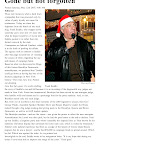

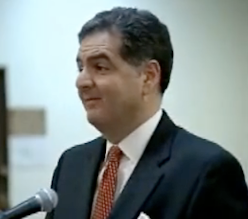
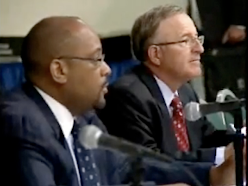
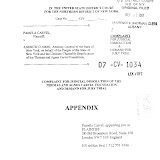

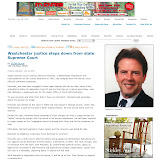
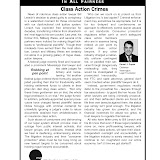

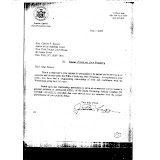
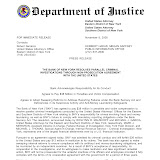
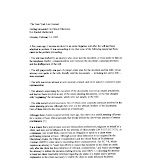
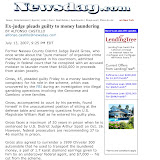
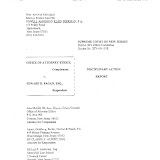
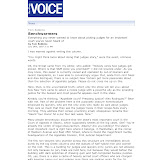
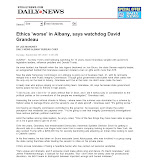
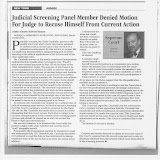



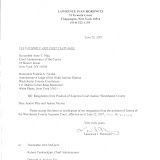
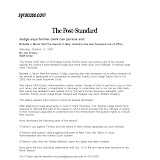
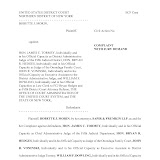

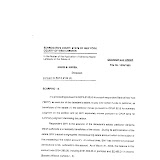
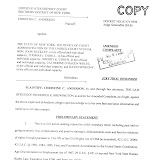
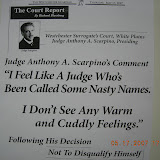
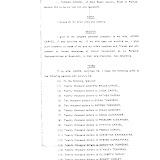
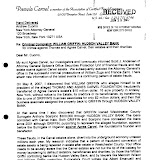
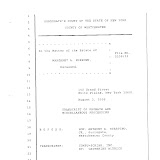
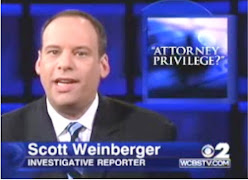
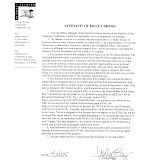
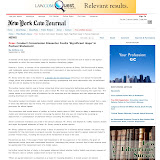
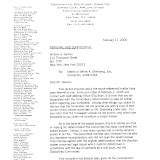
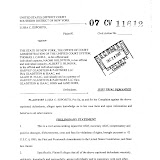
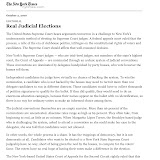
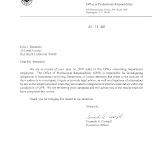
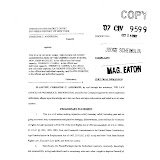
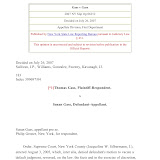
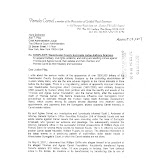

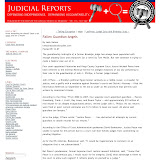
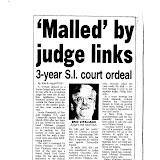
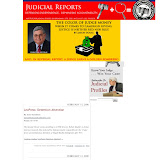
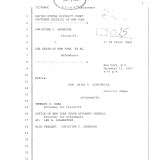
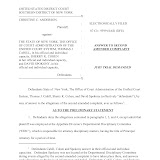
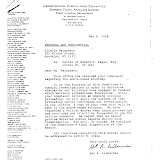
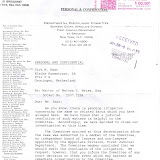
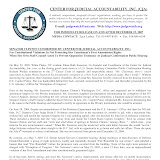


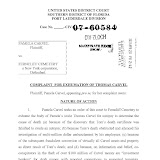
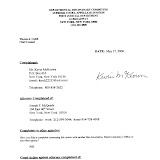
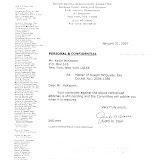
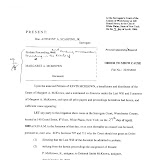
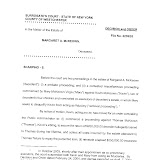
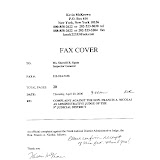

2 comments:
Hear No Evil, See No Evil, Say No Evil.... as long as the big legal bills are getting paid. First things first!
Sir Allen Stanford's legal adviser for SIB in Antigua was none other than Errol Cort who was Finance Minister, in charge of banking regulation when Sir Allen started SIB, and subsequently was appointer Minister of "Justice". Sir Allen paid Mr. Cort a multiple of his government salary for his "services".
So far no charges have been filed against Mr. Cort (or Sir Allen, or anyone else for that matter) in the SIB fraud. That's how they roll in Antigua!
Post a Comment